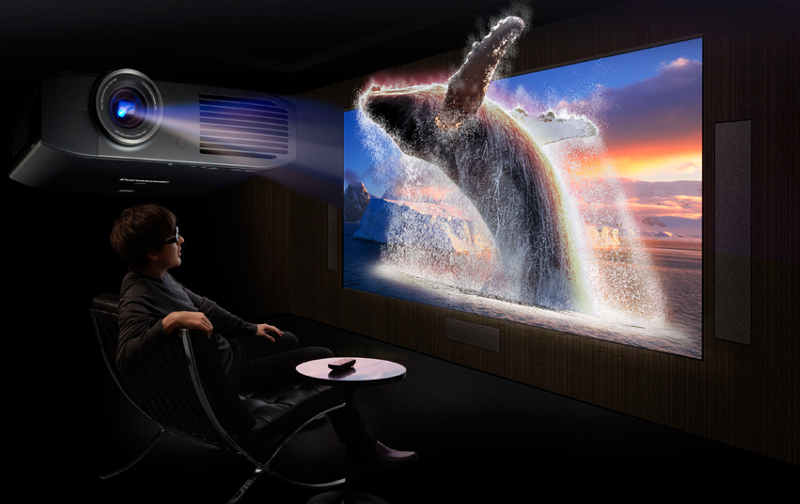
How to choose a projector
Do you need a projector to rent, but you don’t know which one to choose from all the options? To do this, it is enough to rely on several very important criteria. They will allow you to choose the projector that best suits your needs in terms of its functions and technical characteristics.
Criterion one. Place of use.
There are four types of projectors that are used in different conditions:
- for education and business (office projectors);
- for home theater (gaming projectors);
- for movie theaters (large-sized projectors for watching movies and TV series);
- for mobile people (pocket projectors).
Gaming projectors are more designed to reproduce live (dynamic) content, while large-sized and office projectors play both dynamic and more static content. Pocket miniature projectors weigh about half a kilogram.
Criterion two. Selecting Brightness
In all multimedia projectors, the light flux is measured in lumens (ANSI). In this case, the light source can be lamps and diodes. The ANSI range can vary from several dozen to 20-30 thousand. The more lumens, the brighter the room can be. For office projectors, the normal brightness can be considered 3000 ANSI and more. And for home – from 600 lumens to 1600. If viewing will be carried out in a large cinema, then the brightness of the projector should be several tens of thousands of lumens. The specific brightness figure in this case depends on the parameters of the hall and the level of its illumination.
Criterion three. Selecting the format and resolution
Before choosing the projector resolution, you must determine what resolution the playback source has. We are talking about a DVD player, computer, laptop, TV, Blue-ray. There is no point in chasing an excessively high resolution if you plan to connect the projector to a computer with a resolution of 800×600 pixels. The image itself will not be better, but you will pay a lot of money for such a projector. On the contrary, if you buy a projector to watch movies in good quality, then its resolution should be high. Projectors with a resolution of 1024 x 780 (format – XGA) are ideal for offices. For viewing in HD quality, it is better to choose 1280 x 720 (format – HD720), and for Blue-ray 1920 x 1080 (FullHD). The 4:3 format is great for organizing mobile presentations and watching movies at home. And such wide-format matrices as HD 4K, WUXGA, W SVGA, W XGA and W VGA are most often used on wide-screen laptops, TVs and in cinemas.
Criterion four. Choosing a projector technology
All existing projectors work in two main technologies – LCD and DLP. Moreover, the first is considered more compact and cheaper. Also, LCD technology can project a more saturated image than DLP technology, provided the lamp power is the same. But, like any other technology, LCD has its drawbacks. For example, it does not have a sufficiently saturated dot image system and black color. This is due to the matrix structure itself.
As for DLP technology, its main advantages are: maximum accurate color rendition and excellent contrast. This technology is often used in portable miniature projectors. The disadvantage is low brightness.
Thus, we can say that the 2500 ANSI lm, DLP®, XGA 1024×768 projector is perfect for a home theater, and the 10,000 ANSI lm, LCD 3×1.8″ TFT p-Si, 1024×768 projector is for office purposes.






